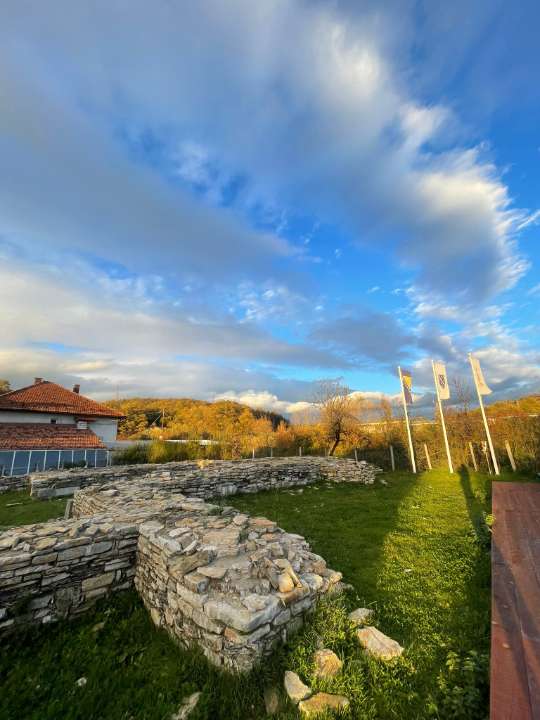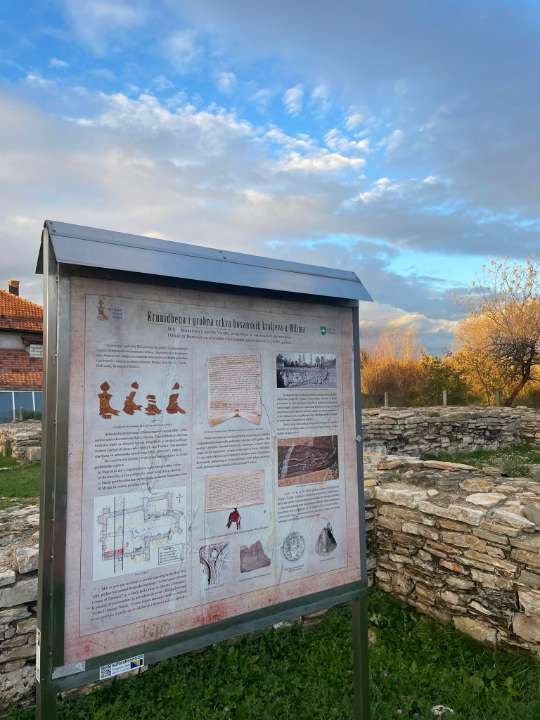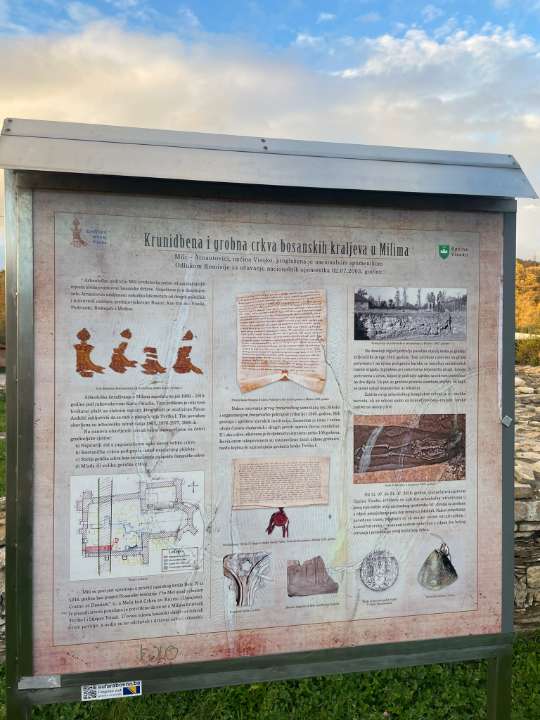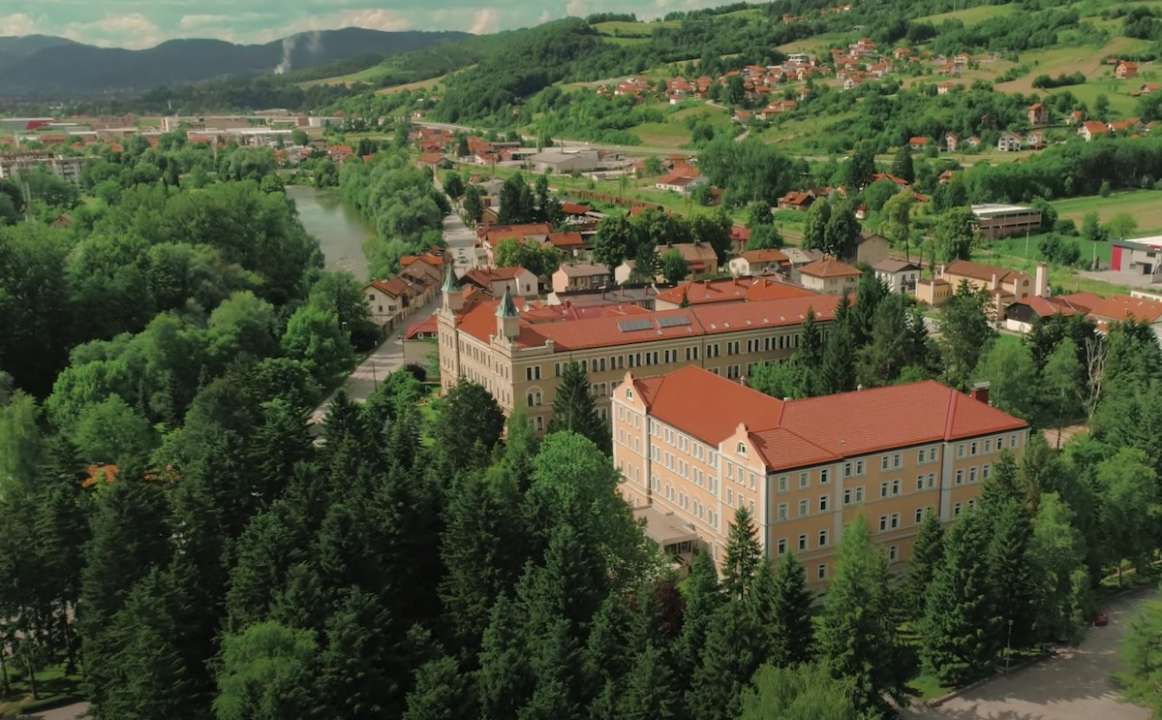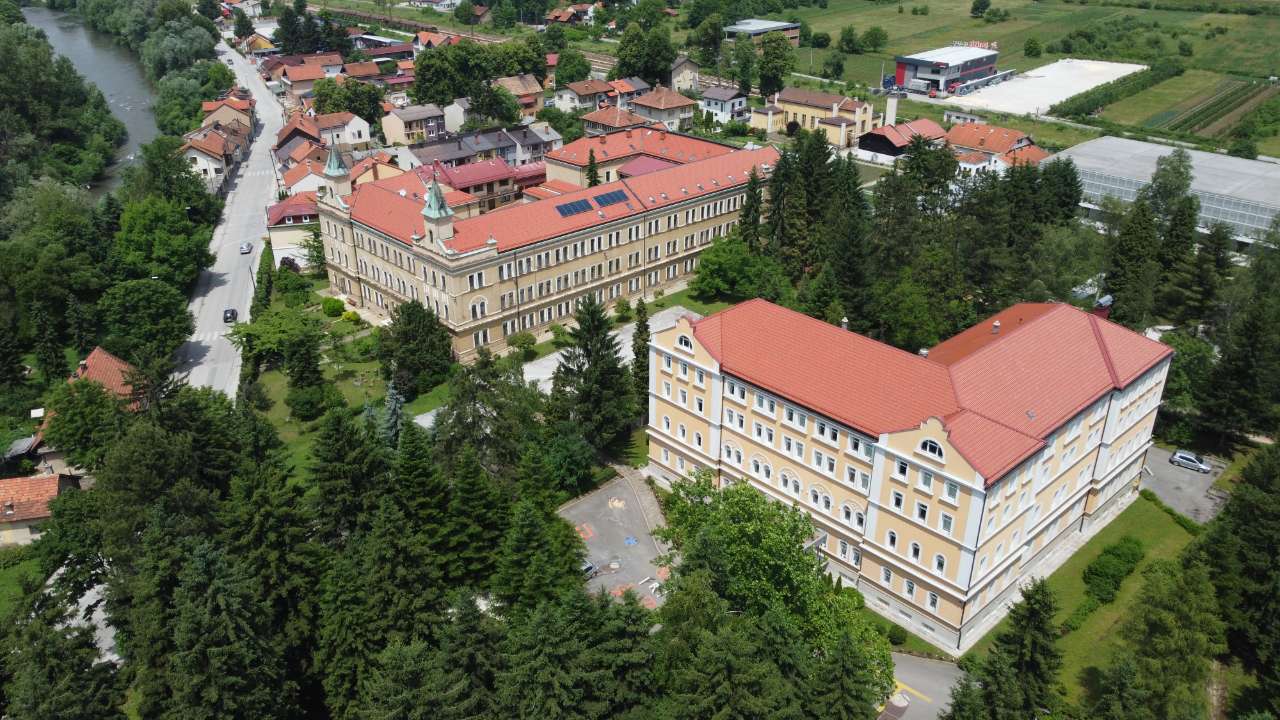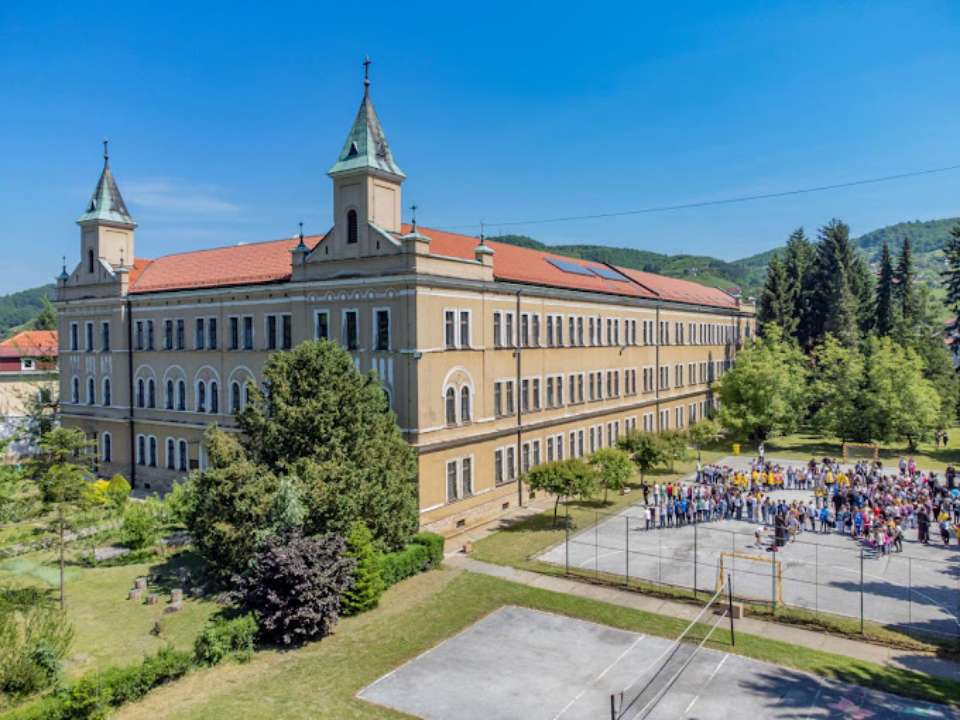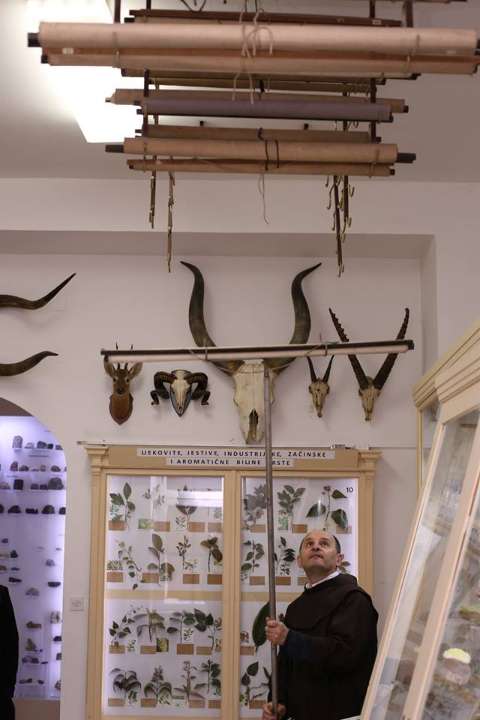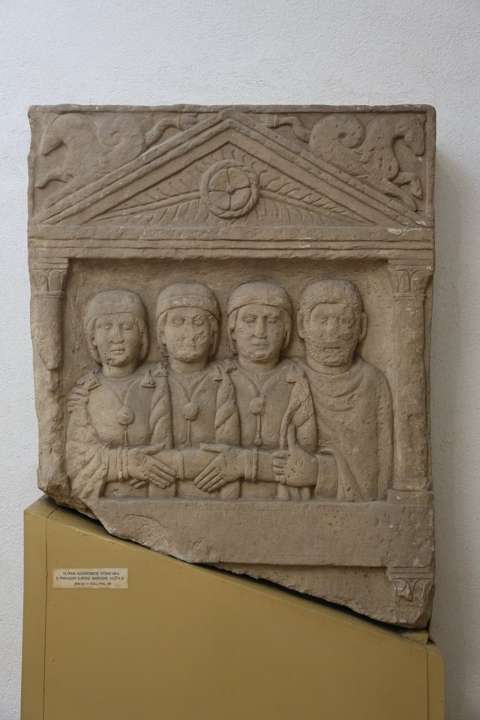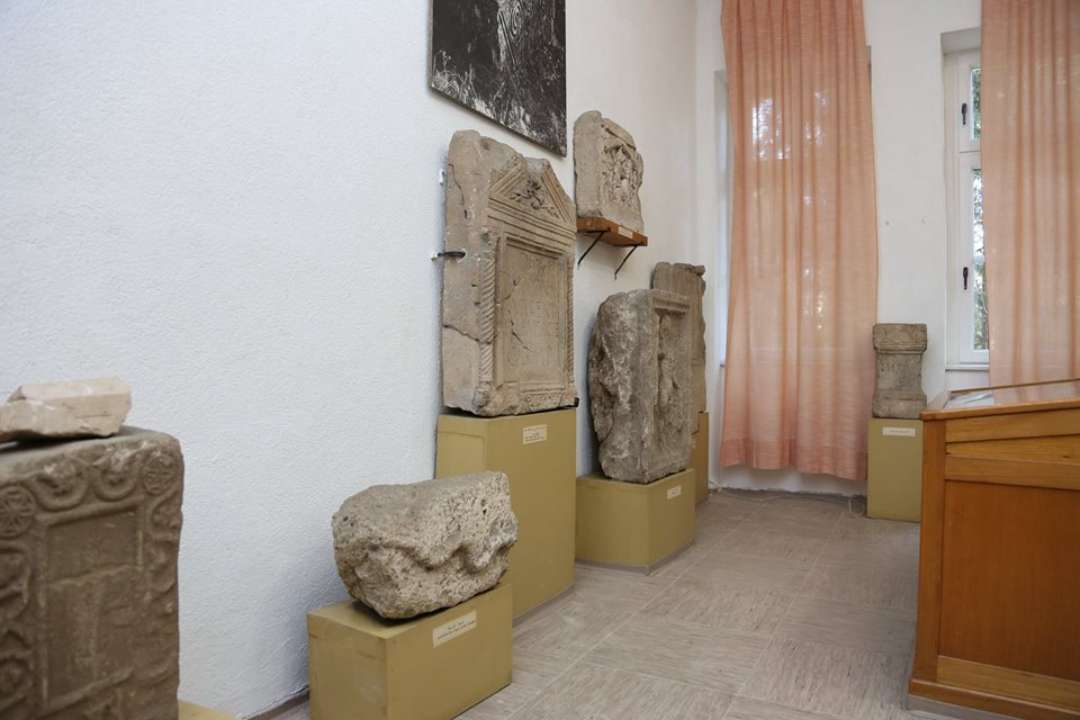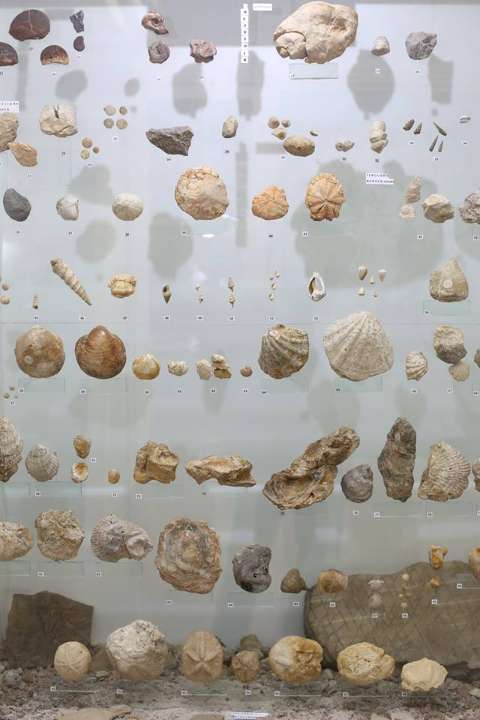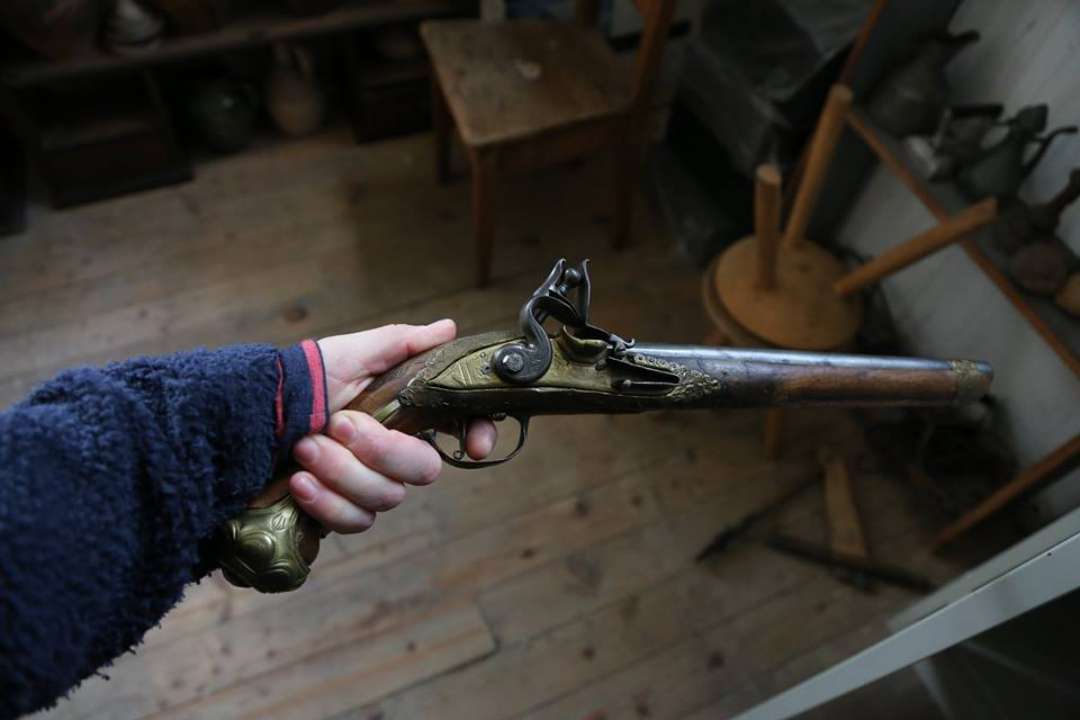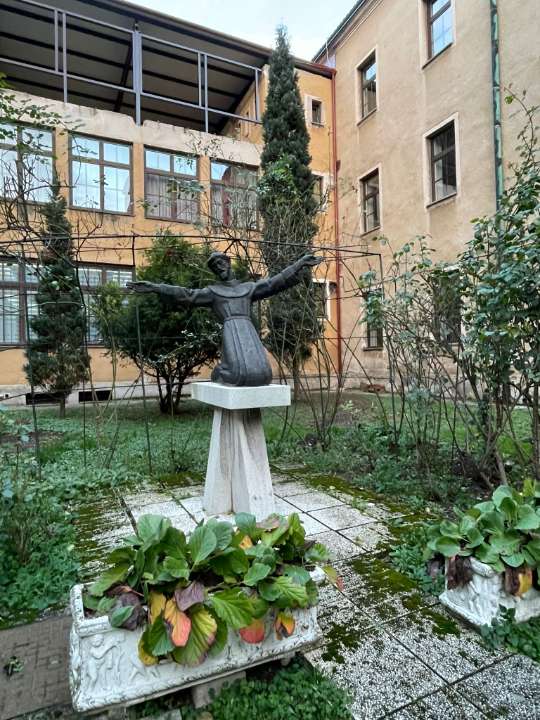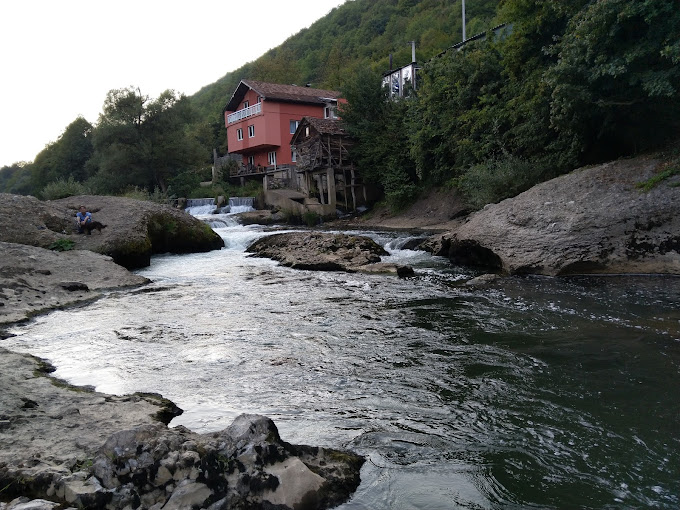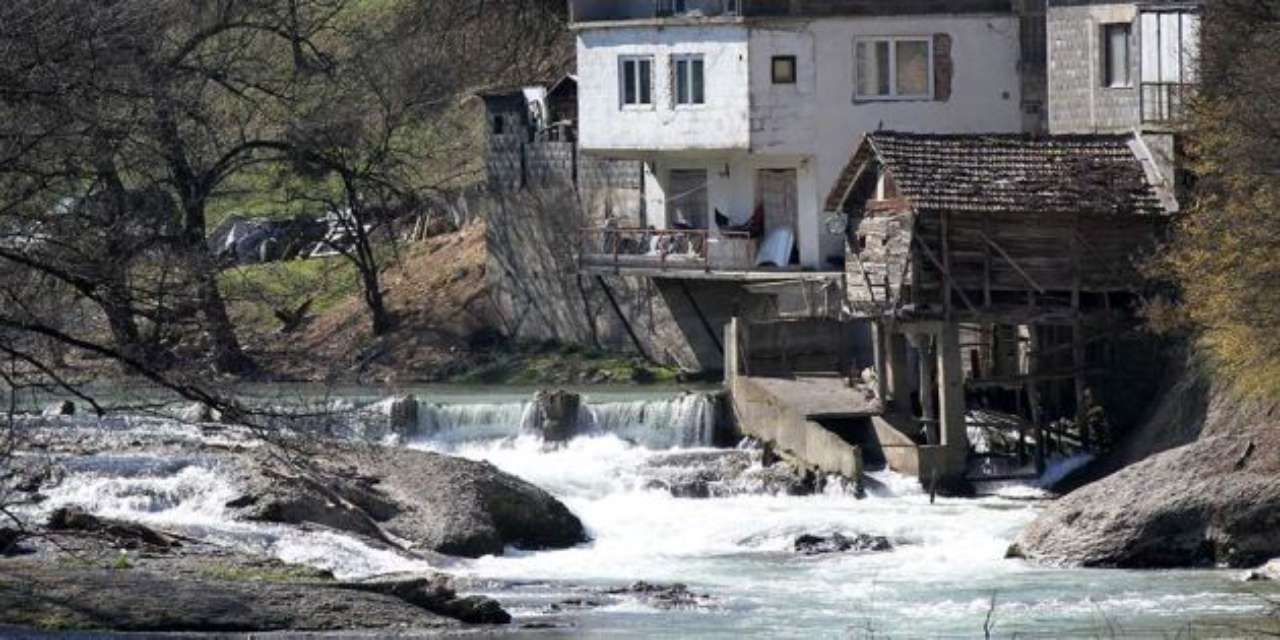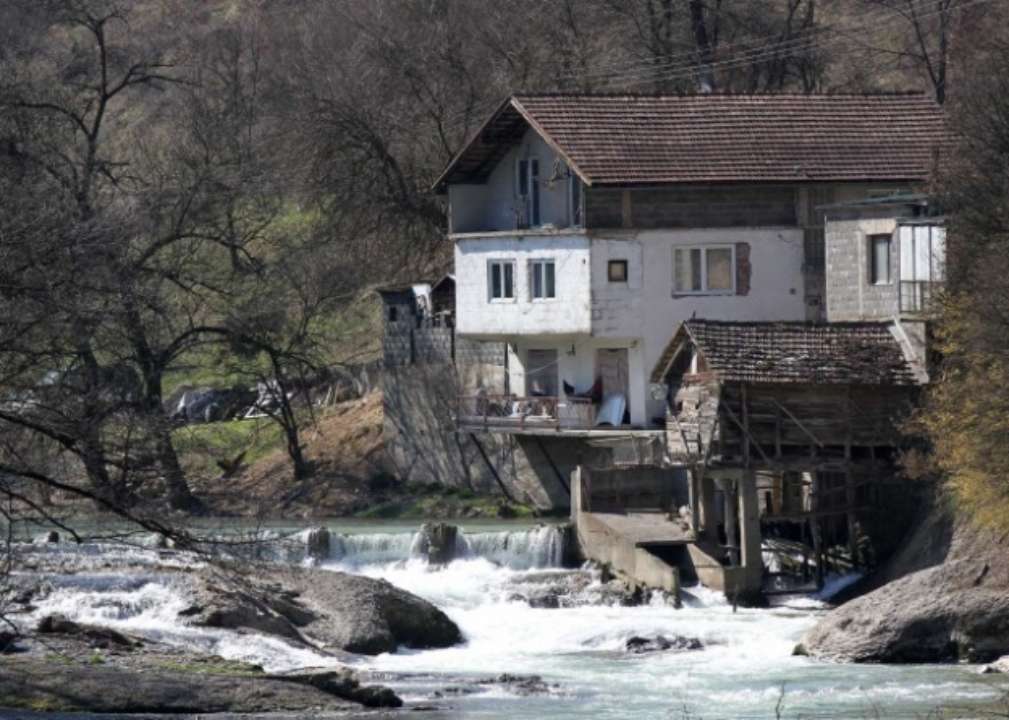Turbe – mauzolej u Bihaću
historical sites
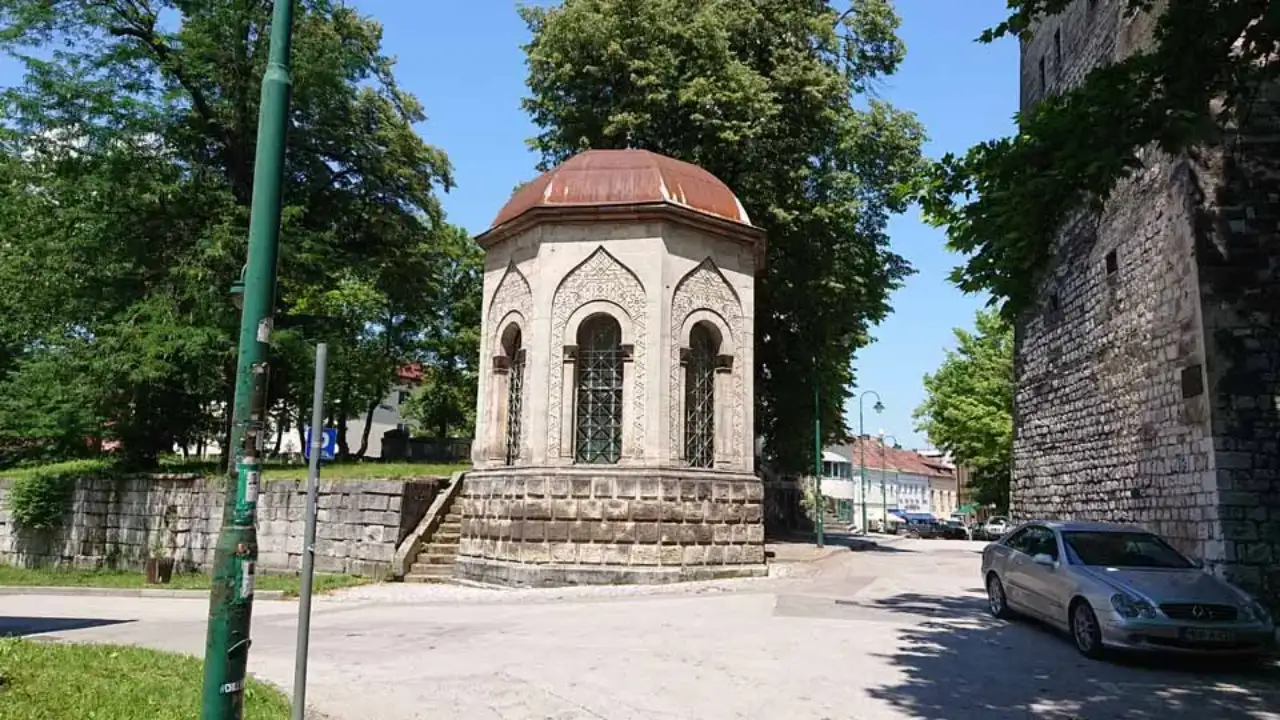
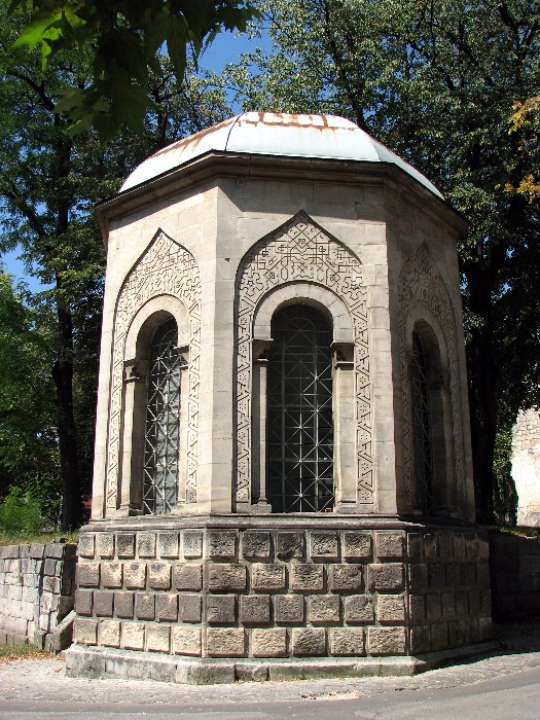
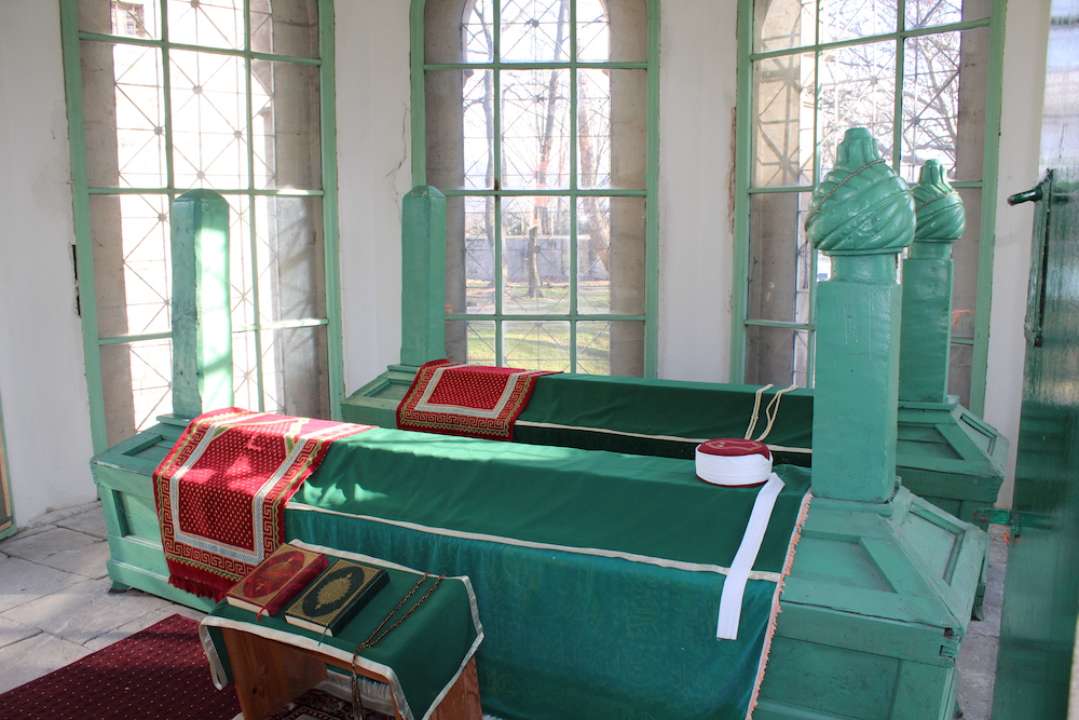
In the heart of Bihać, Turbet's history is woven with tales as diverse as the city itself. One legend traces back to the tumultuous days when Bihać defended itself against the formidable Austro-Hungarian forces. Two Pashas sacrificed their lives in this struggle, finding their eternal rest just across from the Captain's Tower. The Pasha's wife, gazing from the tower's lofty windows, witnessed an ethereal green light above their graves. It was said to be a sign, a divine nod to the dedication of the fallen heroes. Inspired by this mystical occurrence, believers constructed a Turbe at the site, crafted from the warmth of wood, sheltering two tombstones within its sacred walls. For years, a vigilant guard with a rifle stood watch over this hallowed ground. Time passed, and with the Austro-Hungarian era, a new chapter unfolded. The construction of St. Anthony's church began at the Turbe's location, but rather than erasing the past, it merely nudged it a few meters away. Rising from the local bihacite stone, a new Turbe took shape, its enduring form a testament to the resilience of history. Though the recent war left scars on this sacred monument, it stands today, restored and resilient. Turbet represents more than stone and history; it embodies the spiritual culture of the Bosniak people, an irreplaceable part of Bihać's soul. Paired with the Captain's Tower, the grand tomb, and the Catholic church tower, Turbe completes the historical tapestry of Bihać. It's not just a monument; it's a living legacy, etched into old postcards and the memories of those who have seen Bihać evolve through time.
Accessibility Information
Entrance Fee
The entrance fee is free
Visit Duration
Recommended visit duration is less than 1 hour
Guided Tour
Guided tour is not available
Must See
This place is worth seeing

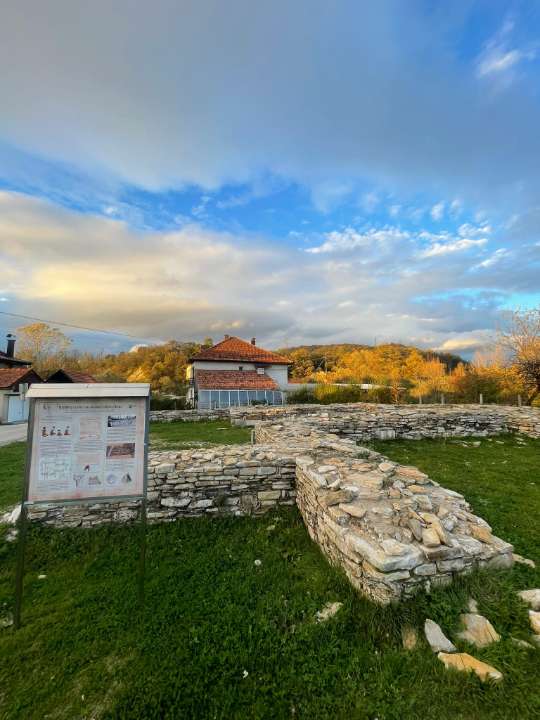
.jpeg?alt=media&token=3509f07c-9de0-4350-aaa1-00cd9a966bed)
